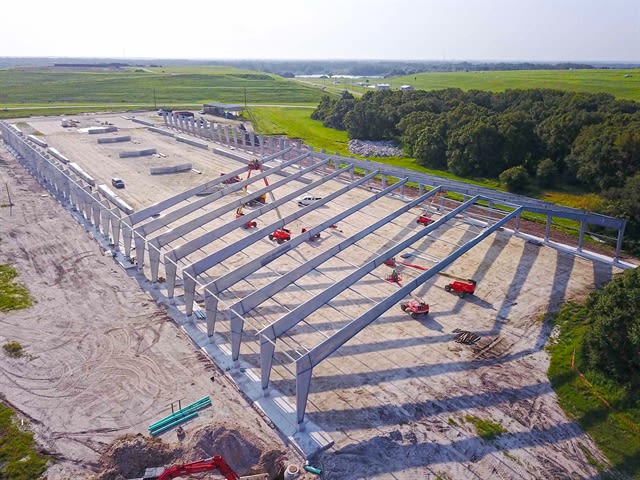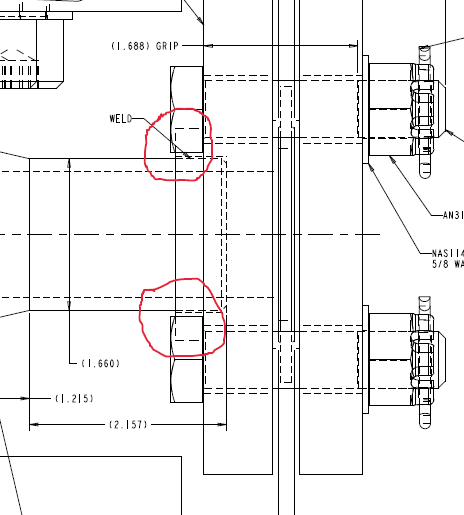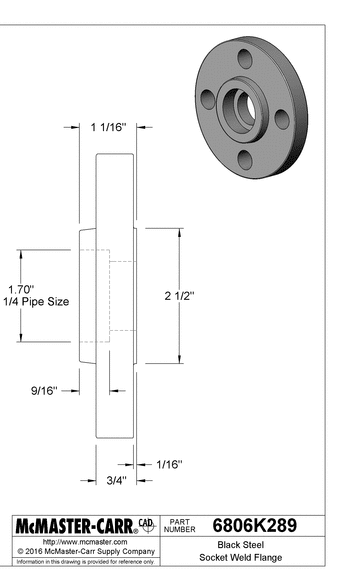Wayne Falco
Military
- Dec 3, 2018
- 10
Greetings,
I have been assigned to change our 150 psi for 1-1/4" pipe to 300 psi. I have near zero knowledge of piping.
I am attaching what I am now using for 300 psi flanges. My real question currently is what the dimension currently at .298 should be? How much compression? I can't seem to locate that detail. Currently I show line to line nominal.
Thanks,
Wayne
I have been assigned to change our 150 psi for 1-1/4" pipe to 300 psi. I have near zero knowledge of piping.
I am attaching what I am now using for 300 psi flanges. My real question currently is what the dimension currently at .298 should be? How much compression? I can't seem to locate that detail. Currently I show line to line nominal.
Thanks,
Wayne





![[bigcheeks] [bigcheeks] [bigcheeks]](/data/assets/smilies/bigcheeks.gif)


![[santa] [santa] [santa]](/data/assets/smilies/santa.gif)